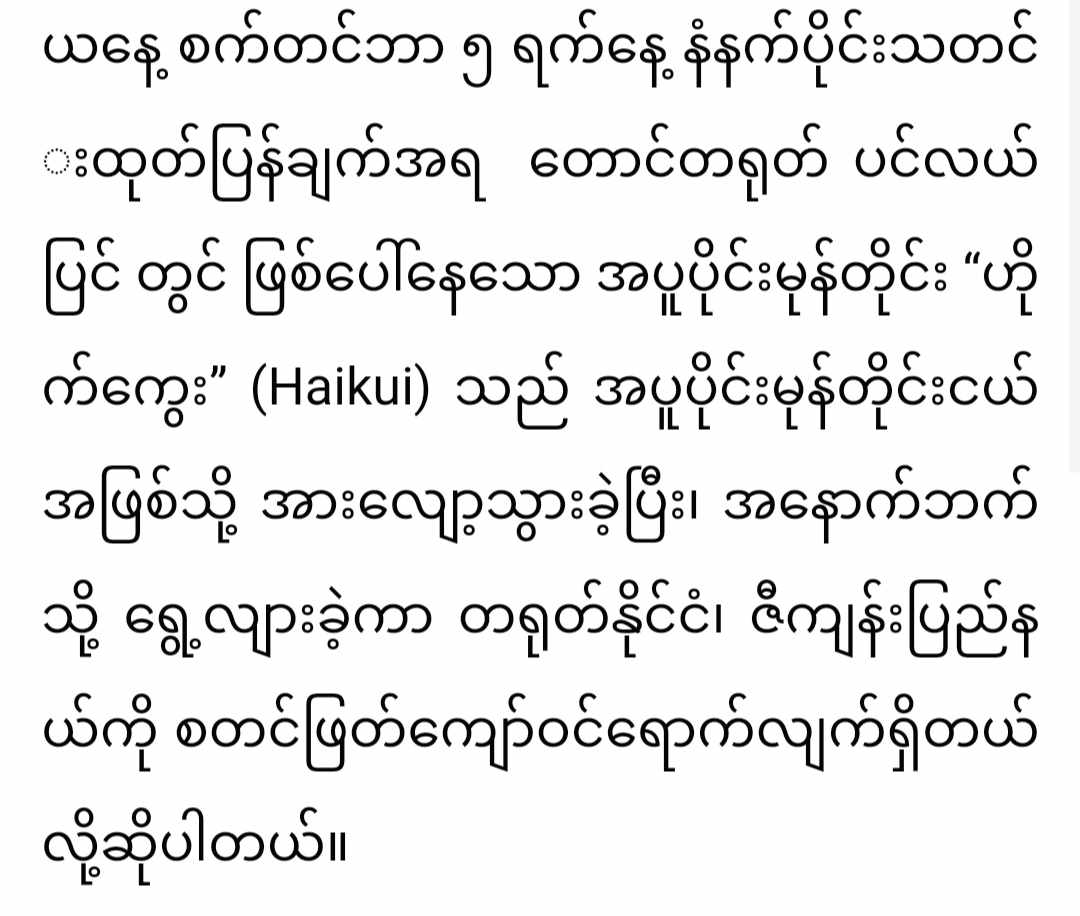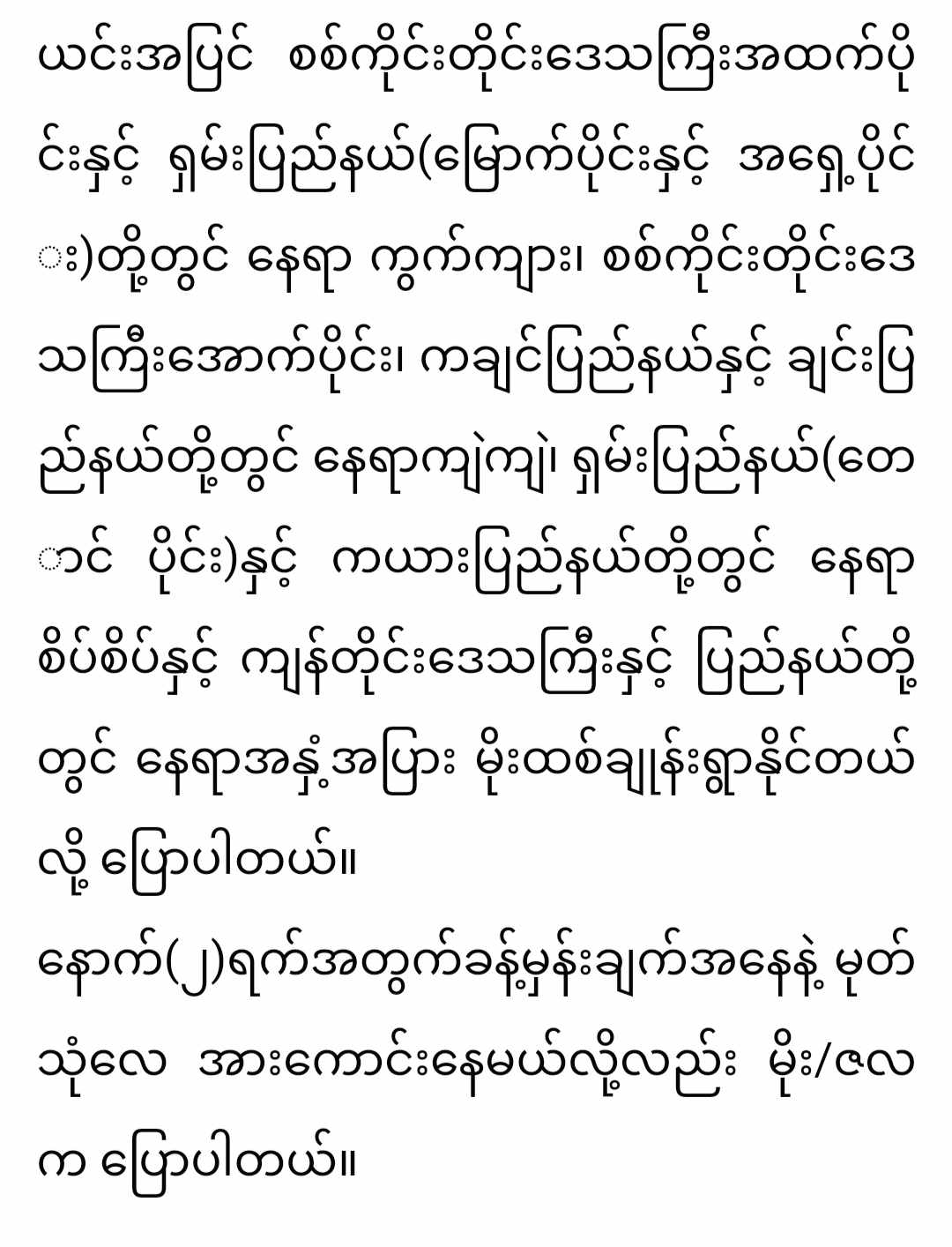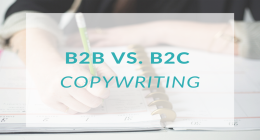These indemnifications and surcharges can increase lease costs and interest expense. In some cases, you may opt out of the dealer’s insurance and purchase your own insurance instead. In some cases, an insurance policy may overlap with existing insurance coverage. For example, an extended service contract may duplicate some of your new car warranty, or you may not need credit or disability insurance if you have life insurance. Do I need gap insurance for my leased vehicle? Gap insurance, also known as guaranteed auto liability insurance, settles the difference between what you owe for your leased vehicle and what your insurer would pay if your vehicle were a total loss.



New cars depreciate quickly. Therefore, the liability stated in the lease agreement for loss or damage to the vehicle may exceed what the insurance company is willing to pay. Some insurance policies contain exclusions such as: B. Payment may be restricted due to previous accidental damage or late payment. The difference can end up costing you thousands of dollars. This concept can be confusing as distributors and insurance companies bridge the gap differently, but here are some basic approaches.



Gap coverage or waivers may only be available when you first receive your leased vehicle and cannot be added later. Some gap waivers may help pay for overages, while others offer dealer credit for replacement vehicles. Coverage limits may be limited, such as up to 150% of the vehicle’s new or retail value, or damage waivers up to $75,000.


But read the fine print. In some cases, you are responsible for your balance and may be exempt from vehicle value limitations and losses. If your rental contract includes gap insurance, you may have to pay interest on the premium. To avoid this, you may be able to opt out of your landlord’s gap insurance and purchase your own coverage from your insurance company.
Gap insurance offered by traditional insurers is sometimes referred to as “loan/lease gap insurance” or “loan/lease payback.” Insurance companies may require a collision damage waiver to qualify, and renters may do the same.
Your insurance company’s gap insurance may not cover the deductible. Additionally, some insurance companies state that loan/lease repayment coverage only covers a portion of the car’s actual present value. For example, Progressive’s Gap insurance only pays out up to 25% of the vehicle’s actual cash value.



